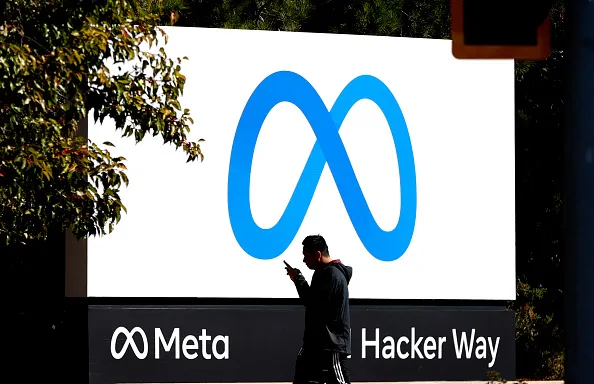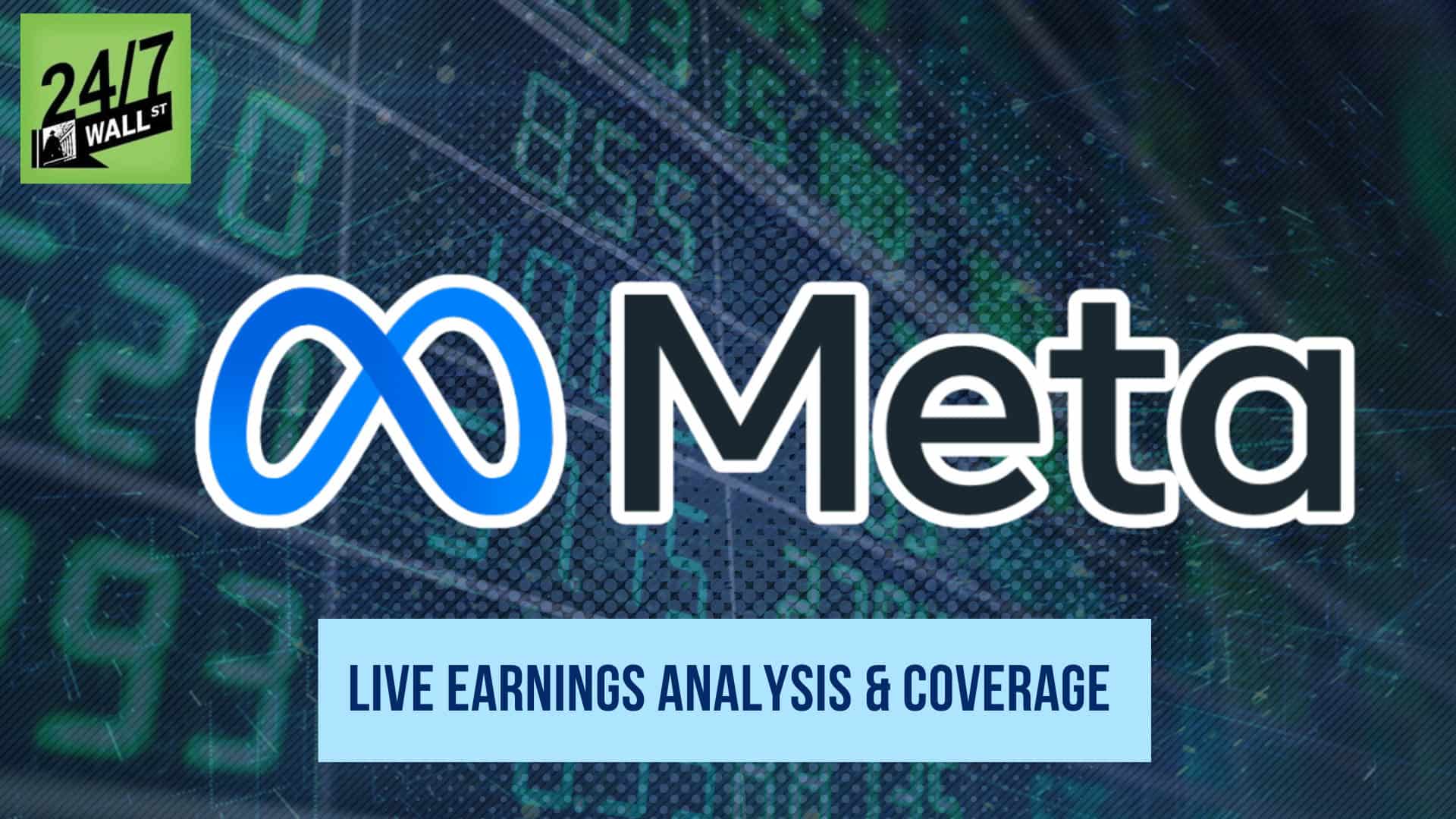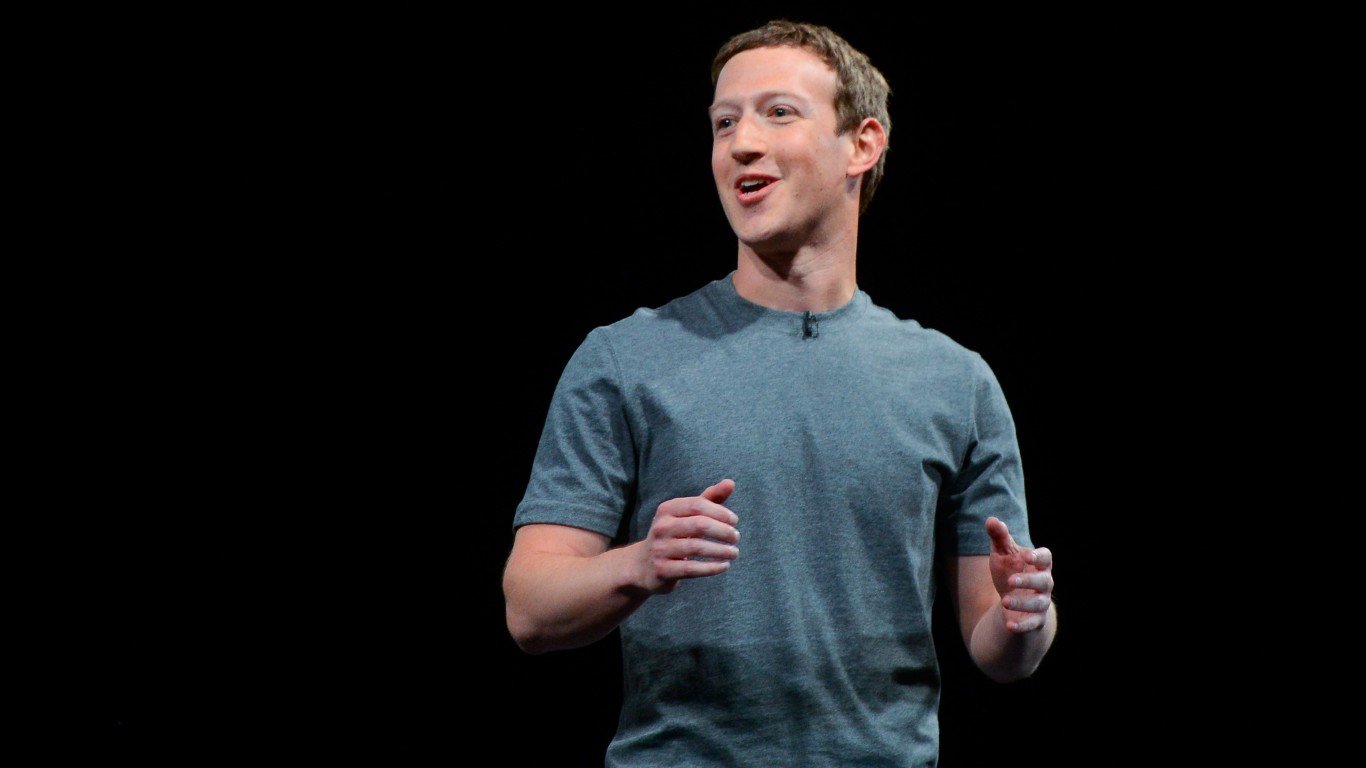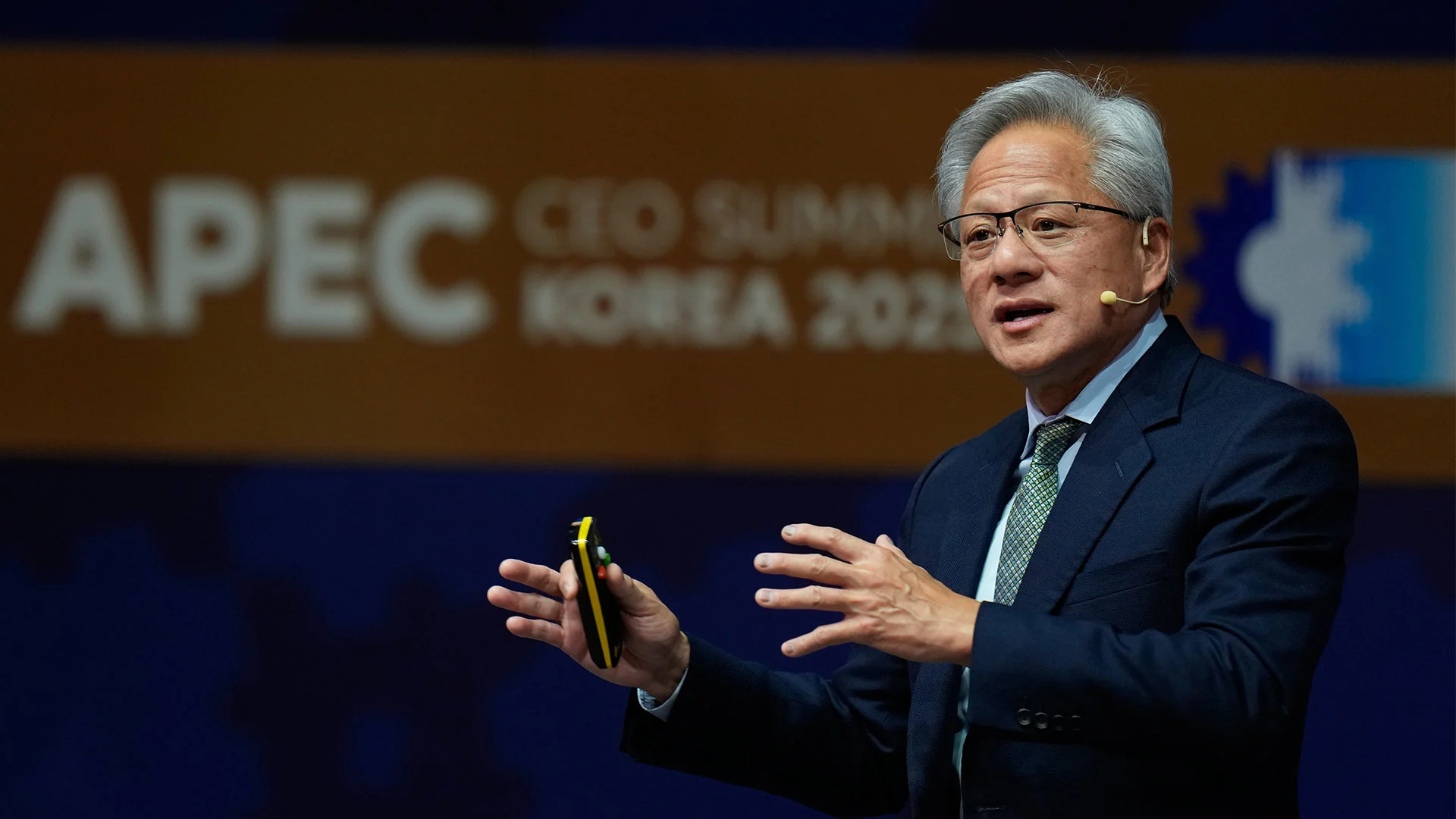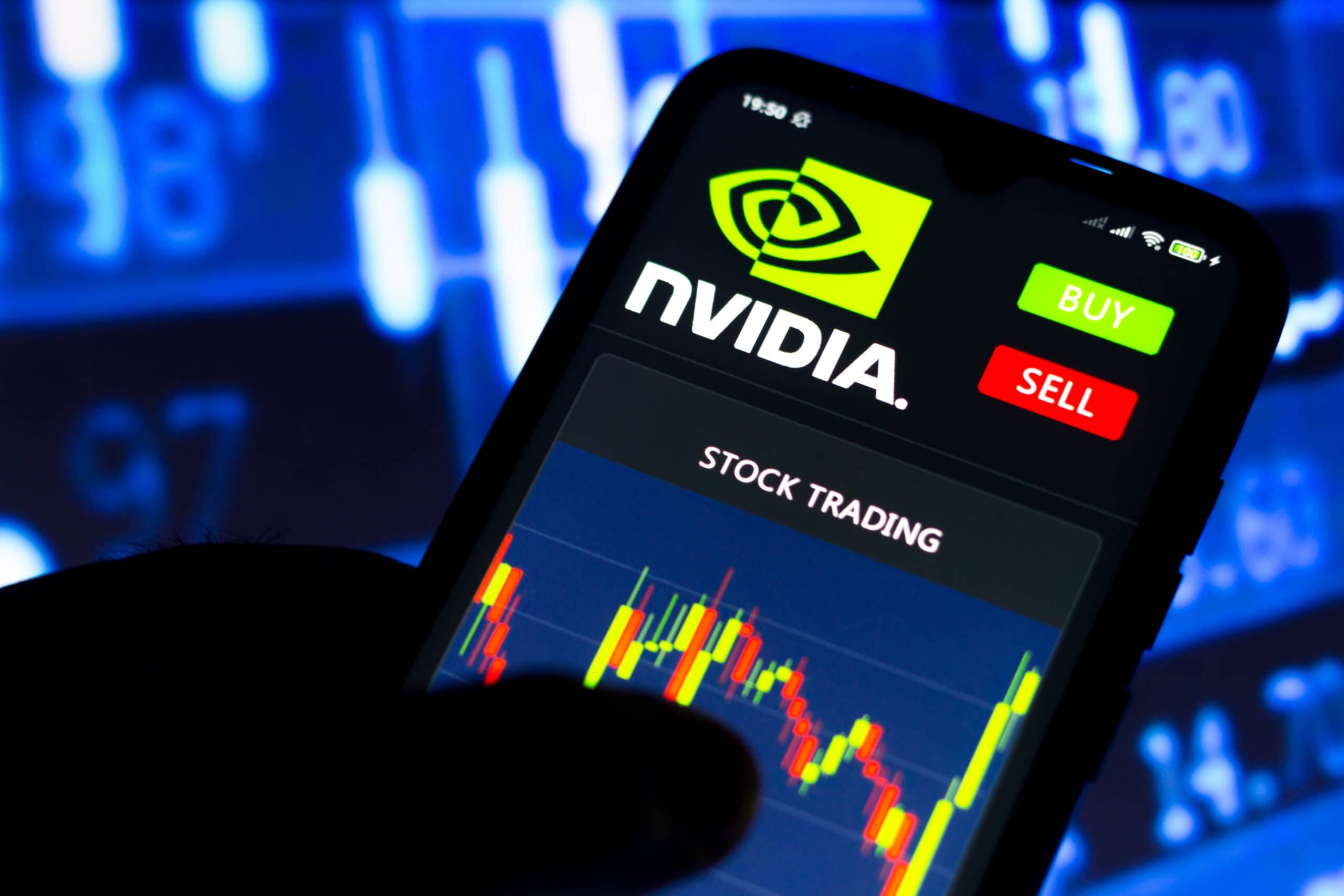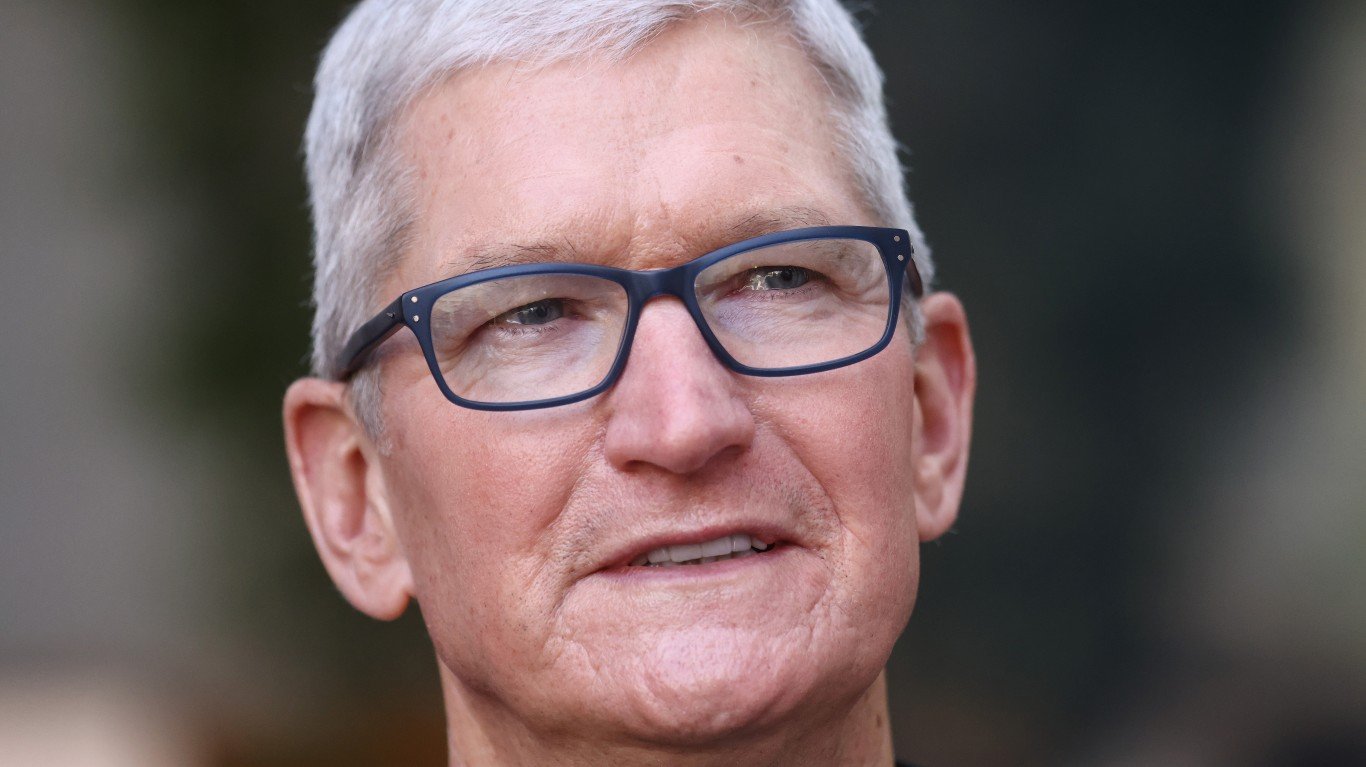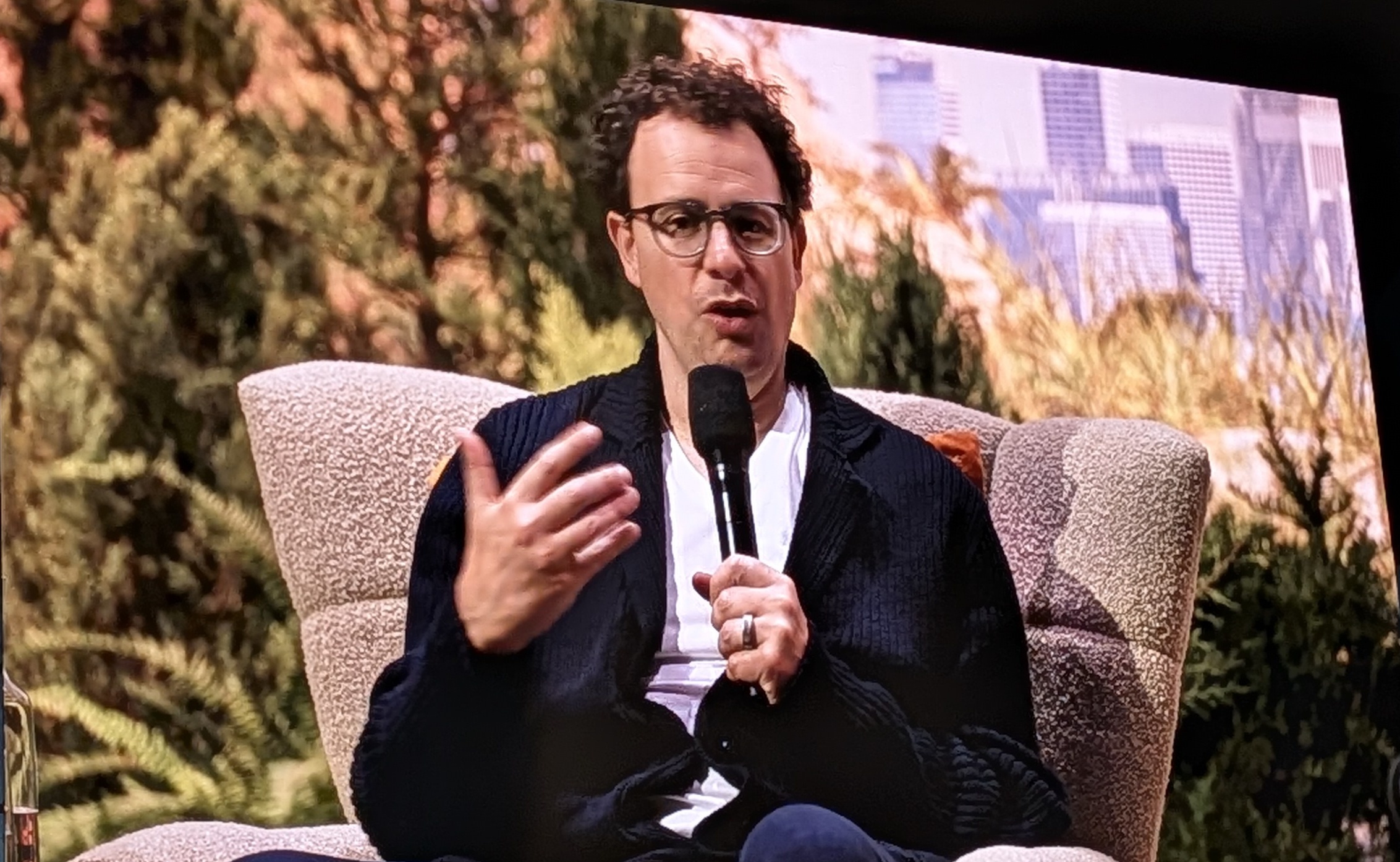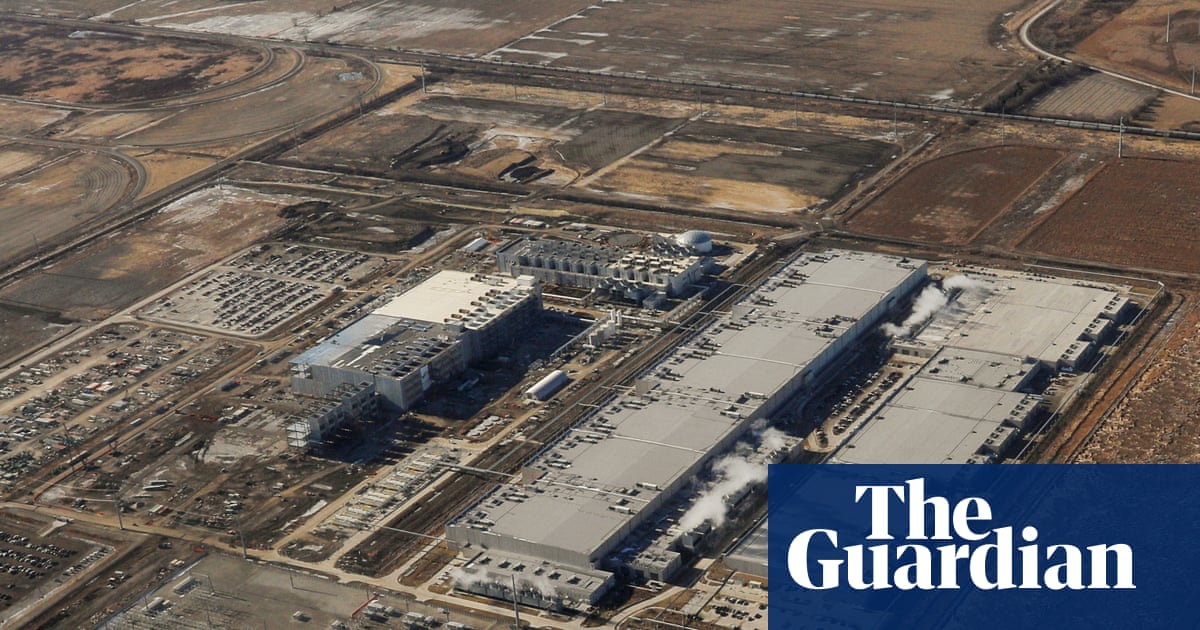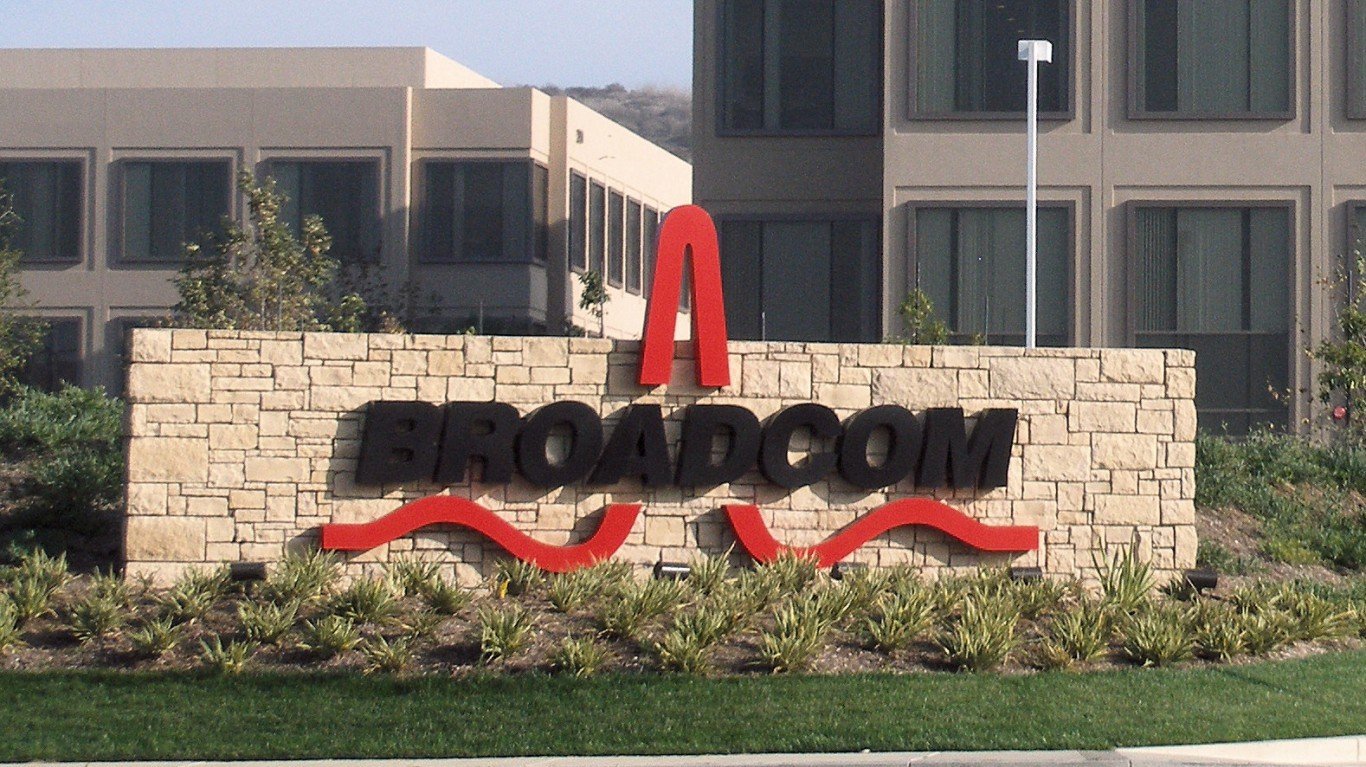#ai-infrastructure
#ai-infrastructure
[ follow ]
#data-centers #capital-expenditure #meta-platforms #nvidia #meta #capital-expenditures #google-cloud
fromFortune
14 hours agoThe AI wave: For a maximalist, things couldn't be better | Fortune
Nvidia just announced plans to invest up to $100 billion in OpenAI to build out a new generation of AI data centers, one of the largest AI computing projects in history. These are remarkable numbers that get even bigger when you consider the countless supporting projects, like many subsea cables, or local corporate and public sector computing projects, that will likely be essential for this global AI network.
Artificial intelligence
Artificial intelligence
fromFortune
19 hours agoSam Altman says OpenAI's revenue is 'well more' than reports of $13 billion a year and hints it could hit $100 billion by 2027 | Fortune
OpenAI projects steep revenue growth, aims to become a major AI cloud and consumer-device company, while acknowledging ongoing losses and large infrastructure spending.
fromTelecompetitor
5 days agoThe Case for Fiber: A Necessity in the AI Age
The digital divide is evolving beyond household access to broadband. As artificial intelligence (AI) is woven into the fabric of everyday life - from smart homes and virtual assistants to creative and professional tools - a new divide is emerging: those with a fiber connection, and those without.
Digital life
fromComputerWeekly.com
23 hours agoNvidia, Cisco look to deepen AI innovation across 6G, telecoms | Computer Weekly
With this switch, Cisco says it's offering an Nvidia Cloud Partner-compliant reference architecture for neocloud and sovereign cloud deployments. Available to order before the end of the year, the Cisco N9100 series switches offer a choice of Cisco NX-OS or Sonic operating systems, supporting Ethernet for AI networks, and providing greater flexibility in how neocloud and sovereign cloud customers build their AI infrastructure.
Artificial intelligence
Artificial intelligence
fromFast Company
3 days agoAlphabet beats third-quarter revenue estimates on cloud demand and advertising
Alphabet exceeded revenue estimates as advertising and Google Cloud growth, driven by enterprise AI demand, lifted quarterly revenue and prompted higher capital expenditure guidance.
Artificial intelligence
fromBusiness Insider
3 days agoAmazon's cloud boss says the company feels 'quite good' about its massive AI bets
Amazon is heavily investing in AI infrastructure—including an $11 billion data center and nearly $100 billion in recent capital expenditures—while cutting 14,000 corporate jobs.
fromComputerWeekly.com
1 day agoMicrosoft CEO speaks of global cloud factory as Azure stalls | Computer Weekly
Chief financial officer Amy Hood said: "This quarter, roughly half of our spend was on short-lived assets, primarily GPUs [graphics processor units] and CPUs [central processor units], to support increasing Azure platform demand, growing first-party apps and AI solutions, accelerating R&D by our product teams, as well as continued replacement for end-of-life server and networking equipment." There is also longer term expenditure, which includes $11bn of finance leases that are primarily for large datacentre sites.
Artificial intelligence
Artificial intelligence
fromInfoQ
3 days agoInside the Architectures Powering Modern AI Systems: QCon San Francisco 2025
Experienced engineers must build validated, production-grade AI architectures and infrastructure focused on implementation, scalability, de-risking agentic systems, and production-grade RAG.
fromFast Company
2 days agoAmerica has plenty of electricity. So why is your bill skyrocketing?
A recent nationwide survey of more than 1,400 U.S. households found that two-thirds of Americans believe AI is already driving up their power bills, and most said they can't afford more than a $20 monthly increase. They're right to be worried. As tech companies pour hundreds of billions into new data centers, the surge in electricity demand is rewriting the economics of the grid - and households are footing the bill for an "AI power tax" they never voted for.
Environment
fromHarvard Business Review
3 days agoDo You Have the Right Data Storage Infrastructure to Support Your AI Strategy? - SPONSOR CONTENT FROM SOLIDIGM
Organizations have long adopted cloud and on-premises infrastructure to build the primary data centers-notorious for their massive energy consumption and large physical footprints-that fuel AI's large language models (LLMs). Today these data centers are making edge data processing an increasingly attractive resource for fueling LLMs, moving compute and AI inference closer to the raw data their customers, partners, and devices generate.
Artificial intelligence
Artificial intelligence
fromTechCrunch
2 days agoAI mania tanks CoreWeave's Core Scientific acquisition; it buys Python notebook Marimo | TechCrunch
Shareholders rejected CoreWeave's $9 billion all-stock acquisition of Core Scientific, boosting Core Scientific's valuation as investors chase higher AI-related premiums.
from24/7 Wall St.
1 week agoUp 145% in 2025, This AI Infrastructure Stock Is Still Deeply Discounted
When it comes to artificial intelligence, a few names dominate the conversation like Nvidia ( NASDAQ:NVDA ), Taiwan Semiconductor Manufacturing ( ), or even Intel ( NASDAQ:INTC ) in recent months. These companies rightfully claim the spotlight. These players drive the AI narrative because they deliver tangible results - record revenues, market share gains, and innovations that fuel everything from chatbots to autonomous systems. Investors flock to them, bidding up shares on every earnings beat or product launch. Yet beneath the hype, AI's foundation relies on more than just processing power and fabrication prowess. Data storage and high-speed memory are the unsung necessities that enable seamless data flow , preventing bottlenecks in the AI pipeline.
Artificial intelligence
Business
fromFortune
1 week agoDebt financing in AI is a signal that the bull market in tech is 'getting weaker and weaker as the days go by,' Morgan Stanley CIO says | Fortune
Debt‑financed, off‑balance‑sheet AI infrastructure deals increase opacity and investor pressure, complicating the tech bull market narrative and demands for measurable returns.
fromTheregister
1 week agoGoogle, Anthropic seal gigawatt-scale TPU deal
The two companies announced the deal on Thursday, with Anthropic pitching it as "expanded capacity" that the company will use to meet surging customer demand and allow it to conduct "more thorough testing, alignment research, and responsible deployment at scale." Google's take on the deal is that it will enable Anthropic to "train and serve the next generations of Claude models," and involves "additional Google Cloud services, which will empower its research and development teams with leading AI-optimized infrastructure for years to come."
Artificial intelligence
fromWIRED
1 week agoTrump's Investment in Intel Is Paying Off
In August, the US government announced it was converting about $9 billion in federal grants that Intel had been issued during the Biden administration into a roughly 10 percent equity stake in the company. During its third-quarter earnings on Thursday-its first financial update since Trump's surprise investment-Intel reported that it earned $13.7 billion in revenue over the past three months, a three percent increase year-over-year. It's the fourth consecutive quarter that Intel has beat revenue guidance.
US politics
fromIT Pro
1 week agoDell Technologies just announced a major data platform overhaul - here's what customers can expect
For storage, Dell's network-attached storage (NAS) component, PowerScale, now integrates with Nvidia GB200 and GB300 NVL71 - much of this update is about reduction as it will use up to five times less rack space, 88% fewer network switches, and up to 72% lower power consumption when compared to rival services. According to Dell, the integration will also deliver 16,000-plus GPU-scale.
Artificial intelligence
fromThe Nation
1 week agoWill the AI Boom Lead to Water and Electricity Shortages?
With their enhanced processing capabilities, large "hyperscale" complexes are the preferred data centers for the computation-heavy training and use of AI models. They can cover an area of over 1 million square feet, roughly equal to 17 football fields. Water is used to maintain humidity and as a coolant for the heat-generating machines, and as American data centers have grown in size and number, so has their water consumption, from 5.6 billion gallons in 2014 to 17.4 billion in 2023.
Environment
fromTheregister
2 weeks agoTo improve cooling, hyperscalers embrace larger rack size
Datacenters are set to standardize on the larger, 21-inch rack format by 2030, according to Omdia, as hyperscalers and server makers fully embrace it, leaving enterprises to the existing 19-inch standard. The analyst biz forecasts that the larger rack format, popularized by the Open Compute Project (OCP), will make up over 70 percent of kit shipped by the end of the decade, as it is increasingly adopted by vendors such as Dell and HPE that have been riding the AI infrastructure wave.
Tech industry
Artificial intelligence
fromIT Pro
2 weeks agoOpenAI has a bold plan to pay for its $1 trillion spending spree: Ads, personal assistants, and cheaper subscriptions
OpenAI has committed over $1 trillion in multi-year infrastructure spending and plans to fund it by expanding ChatGPT subscriptions, in-app commerce, selective ads, and infrastructure services.
Artificial intelligence
fromFuturism
2 weeks agoIf You Were Bankrolling OpenAI, the Percent of ChatGPT Users Willing to Pay for It Might Make You Break Out in a Cold Sweat
OpenAI plans to spend over $1 trillion to build 26 gigawatts of compute while facing massive losses, low subscription conversion, and uncertain revenue prospects.
fromBusiness Insider
2 weeks agoIn internal documents, Amazon warned that AI startups are delaying spending on AWS
Internal documents obtained by Business Insider reveal that AWS has flagged a "fundamental" shift in how startups are allocating their cloud budgets. Increasingly, they're delaying AWS cloud adoption and diverting spending toward AI models, inference, and AI developer tools. Instead of pouring money into traditional cloud services like compute and storage, these companies are spreading costs across newer AI technologies that are easier to switch between, according to the documents.
Startup companies
fromFortune
2 weeks agoBloom Energy's stock is up 1,000% in a year because its fuel cells are solving AI's data center power problem | Fortune
Aerospace engineer KR Sridhar always dreamed big: He used to work with NASA on technology to convert carbon dioxide into oxygen to support life on other planets or let humans breathe air on Mars. But as the Soviet Union fell and the space race slowed, Sridhar pivoted to providing clean energy technology for the rising global middle class. He cofounded Ion America in 2001-renamed Bloom Energy five years later-with a focus on fuel cells that deliver cleaner, on-site, off-grid power.
Environment
fromAlleywatch
2 weeks ago#NYCtech Week in Review: 10/5/25 - 10/11/25
Nava - $30M Series C Employee Benefits Nava, a tech-enabled employee benefits brokerage platform, has raised $30M in Series C funding led by Thrive Capital. Founded by Brandon Weber, Donald DeSantis, Kareem Zaki, and Lincoln Reis in 2019, Nava has now raised a total of $90M in reported equity funding. Crosby - $20M Series A Technology Crosby has raised $20M in Series A funding led by Bain Capital Ventures, Index Ventures, and Elad Gil. Crosby was founded by Ryan Daniels and John Sarihan.
Venture
from24/7 Wall St.
2 weeks agoAlready Up 322%, Can CoreWeave Hit $400 by 2028?
CoreWeave started life in 2017 as Atlantic Crypto, mining Ethereum with racks of GPUs, but the real acceleration hit in 2024, driven by deals with AI labs and enterprises needing scalable compute without building their own data centers. Revenue jumped from $229 million in 2023 to $1.9 billion. The March IPO priced at $40 per share but debuted flat at $23 billion valuation amid market jitters. Shares bottomed at $33 in April before rocketing 322% on AI hype, peaking at $187 per share in June.
Artificial intelligence
[ Load more ]



